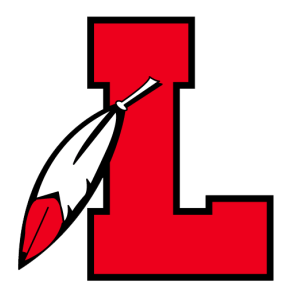
Grant provides Lenape District ‘Project Lead the Way’ students with 3-D printers

“Students are able to accomplish amazing things when given the resources,” Michael Condurso, department coordinator for the technology education department at Lenape High School, said.
Condurso teaches the first-year course of the Project Lead the Way program, an introduction to engineering design at Lenape.
His PLTW group just recently received 3-D printers through a $7,500 grant awarded by BAE Systems Inc. The printers will expand the resources available to students and give them the opportunity to visualize the concepts they are learning.
“Students are now able to experience what they learn, rather than just hear about it or watch a video on it,” Condurso said. “I feel it promotes a deeper understanding of concepts and really engages students.”
“We are looking forward to a partnership with BAE Systems in which their engineers can serve as guest speakers and sounding boards for our students working on capstone projects,” said Heather Xenakis, Lenape Regional High School District director of curriculum and instruction. “This type of relationship is beneficial to our students who choose to continue on a STEM-related career path.”
The Pathway to Engineering program from PLTW is a highly competitive program designed to attract and retain students interested in pursuing a STEM-related postsecondary education and, ultimately, career.
Lenape and Seneca high schools were chosen to pilot the PLTW engineering program during the 2014–2015 school year so they are in their second year, while Cherokee and Shawnee high schools are experiencing the inaugural year.
BAE Systems, located in Mt. Laurel, is just one of the community partners that enables LRHSD to offer the program.
“BAE Systems is proud to partner with the Lenape Regional High School District to help inspire the next generation and ignite their passion for STEM. We look forward to continuing our partnership in 2016 and beyond,” said Tony Contino, program manager/department manager of AEGIS TECHREP Engineering Support Services at BAE Systems, Inc.
PLTW is a non-profit organization that is the leading provider of STEM education curriculum programs in schools across the United States. PLTW works to prepare students for the global economy, one increasingly focused on high-growth and technology-driven occupations.
According to PLTW, by 2018, the nation will have more than 1.2 million unfilled STEM jobs because there will not be enough qualified workers. PLTW advocates STEM learning because the organization believes those fields will provide the most job growth now and in the future.
STEM education has been historically taught in segments, with students learning some content in science class, some in technology and engineering, and some in mathematics. PLTW allows the students to learn the content through working on contextual projects that inherently require knowledge of all STEM content areas.
Students leave the class with a greater understanding of the relationships between concepts, increased technological literacy and a greater capacity for innovation.
“They also become better team members and communicators through working on collaborative projects. These skill sets will serve them well in whatever they choose to pursue in the future,” Condurso said.
The Pathway to Engineering program is a four-year sequence of courses that allows students to gain STEM knowledge and learn how to solve problems. The first year is an introduction to engineering design, the third year is principles of engineering, and the fourth year is engineering design and development. Schools get to choose which course to offer during the second year from different specialization courses.
The new 3-D printers will enhance the students’ experience throughout this process.
“Students will use the 3D printers to create and test solutions to increasingly complex problems as they advance in the program,” Condurso said.
Students in IED use an industry standard 3D design software, Inventor, as a design tool to create solutions to problems.
They will now be able to 3D print their designed solutions to test and evaluate the solutions in ways they were previously not able to do.
“This is the point where theory and practice converge, and there is a whole new world of learning that opens up as a result of being able to test actual models of a designed part or group of parts,” Condurso said.
There are now printers at all four high schools in the Lenape district, thanks to the grant. The printers are housed in the technology department, but PLTW representatives are looking to explore ways for other departments in the school to use them.
BAE Systems is donating another $7,500 to the district for the program again this year, but the district has not yet decided how the funds will be used.









